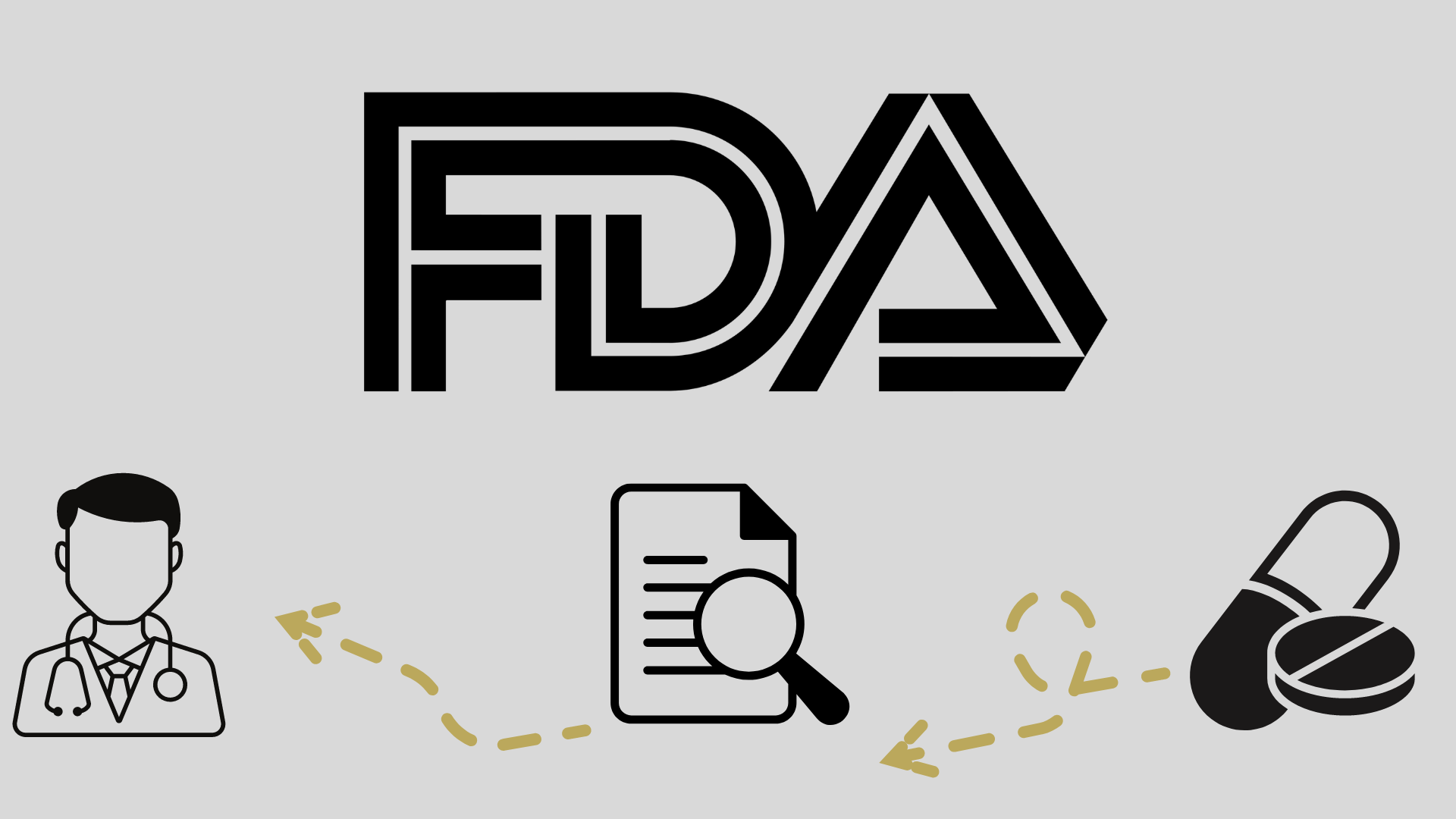
NDA for SGX301 to Treat Early-Stage CTCL Not Accepted by FDA

Further guidance from the FDA will be requested for the new drug application submission for SGX301 for the treatment of early-stage cutaneous T-cell lymphoma.
A refusal to file letter has been issued by the FDA to Soligenix, Inc., regarding the new drug application (NDA) for synthetic hypericin or SGX301 (HyBryte) for the treatment of early-stage cutaneous T-cell lymphoma (CTCL).1
In the letter, the FDA stated that the application was not complete. The company is requesting a Type A meeting with the FDA to get clarity around the item needed to complete the NDA, and any other next steps.
"We are fully determined to work with the FDA staff as quickly as possible to better understand the open issues and clarify the potential path to successfully resubmitting our application," stated Christopher J. Schaber, PhD, president and chief executive officer of Soligenix, in a press release. “We remain focused on advancing [SGX301] as a potential new first-in-class treatment option for the CTCL community of patients, families, and healthcare professionals."
SGX301 is a novel, first-in-class, photodynamic therapy utilizing safe, visible light for activation. This product allows for deeper penetration into the skin, avoiding the risk of secondary malignancies.
The NDA for SGX301 was supported by findings from a multicenter, placebo-controlled, double-blinded, phase 3, randomized clinical trial (FLASH; NCT02448381). In the study, topical synthetic hypericine activated with visible light was found to be effective and well-tolerated in patients with early-stage mycosis fungoides CTCL (MF/CTCL).2
The study was conducted at 39 academic and community centers and included patients aged 18 years and older with stage IA or IIA MF CTCL. Patients were randomized 2:1 to receive hypericin or placebo to 3 index lesions twice weekly for 6 weeks during cycle 1 and 6 weeks to index lesions during cycle 2. During cycle 3, index and additional lesion were treated for 6 weeks.
As a primary end point, the study evaluated index lesion response rate (ILRR) from baseline to week 6 for cycle 1. The secondary end point assessed was open-label response rates during cycles 2 and 3. Investigators assessed adverse events (AEs) during each visit, after each cycle followed by monthly for a 6-month period.
Results showed that in 169 patients, the ILRR was 16% among patients treated with topical synthetic hypericine vs 4% among those given placebo (P = .04). There was a 40% increase in TLRR in patients who received 2 cycles of the treatment (P < .001). Moreover, significant clinical responses were in observed all of the various subgroups of patients included in the study.
In terms of safety, the most common treatment-related AE observed in the synthetic hypericine vs the placebo group were mild local skin reactions and application-site reactions. There were no serious treatment-related AEs.








































